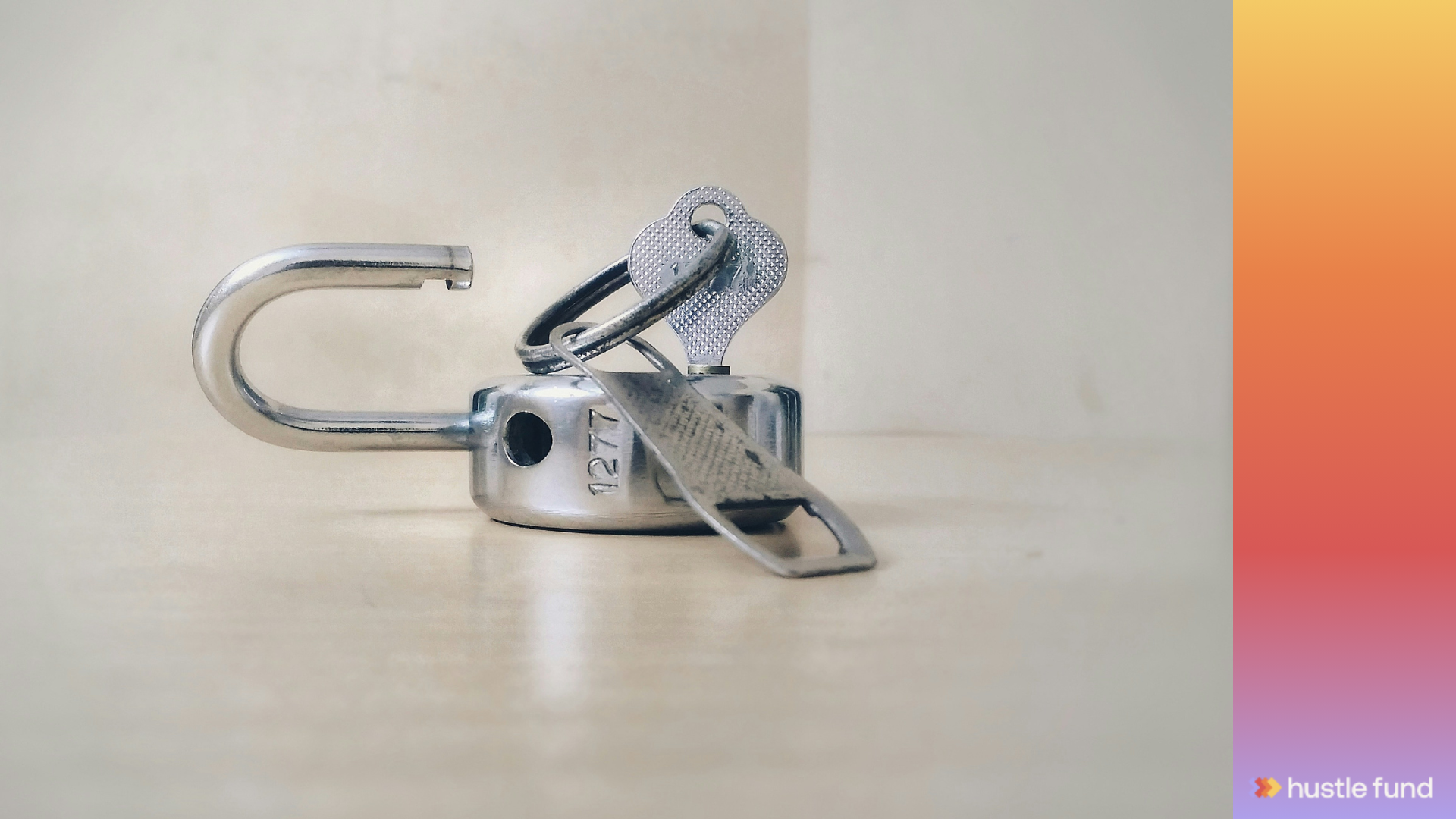The myths around follow-on checks
.png)
Brian Nichols is the co-founder of Angel Squad, a community where you’ll learn how to angel invest and get a chance to invest as little as $1k into Hustle Fund's top performing early-stage startups
A few weeks ago I had an opportunity to write a follow-on check into one of the first companies I ever invested in.
At the same time, I was introduced to a new founder who was building something I loved.
Here's the kicker: I only had enough funds to invest into one of these companies.
So I had to decide.
Option 1: follow-on check into a company that seemed to be doing well at a $14m post-money valuation
Option 2: first check into brand new company at a $5m post-money valuation
In today's edition of Small Bets, we're gonna dive into the concept of follow-on checks, the myths surrounding them, and a framework to help you decide which option to take.
Let's dive in.
Quick reminder about follow on checks
Let's say you invest in a company at $3m post-money valuation.
Time passes, and the company is ready to raise again. This time it's at a higher valuation.
The founders invite you to invest again.
This is called a follow-on check.
The myth about follow-on checks
There's a widely-held belief among VCs that it's best practice to reserve 1/3 or even 1/2 of your fund for follow-on checks.
The thinking here is that you'll want to invest more into companies that found product/market fit, have solid traction, and are desirable to other investors.
For some investors, writing follow-on checks may always make sense.
But for most pre-seed investors, this is faulty logic.
Why it's faulty logic
The way investors make money is pretty simple: put money into a company, and hope you get even more money back with the largest multiple possible.
The key concept here is multiples.
Let's say you invest $100k in a company at a $1m post-money valuation.
Then the company sells for $50m.
In a perfect world where your shares aren't diluted at all, you would see a 50x multiple on your investment.
Here's how the math works out:
$50m ➗ $1m = 50
Now, let's say you invested into the company at a later stage, when they were raising at a $10m post-money valuation.
When the company exits for $50m, you would only see a 5x multiple on your investment.
Math:
$50m ➗ $10m = 5
The theory here is that the best way to get the largest multiple on your investment is to invest in companies with low valuations.
Ok, back to follow-on checks
Now, let's say you have $1m to invest into startups.
You've already invested $100k into five different companies, for a total of $500k.
So you have $500k left to invest.
One of the five companies you've already invested in is doing great. In fact, they're raising again. Only this time their valuation is $10m post-money.
And because you're a value-add investor, the founder has saved $500k in allocation for you to invest again.
Much like my situation from earlier, you have two options:
Option 1: invest the $500k as a follow-on check
Option 2: invest $100k each into five promising new companies
What's the right choice?
Curveball! There isn't a single right choice for everyone. Ultimately it comes down to your priorities, your investing thesis, and your appetite for big vs. small bets.
But for most early-stage investors, it probably makes sense to go with option 2.
Here's why.
Reason #1: going from pre-seed to seed doesn't tell you much.
When you invested $100k into this company, they were at the pre-seed-stage. Now they're at the seed stage.
And while the company has grown and the valuation has increased, there's still a lot you don't know.
Have they truly found product/market fit? Will they be able to retain their customers? Will they be able to scale their marketing channels? Are we about to see an onslaught of competition, driving up the CAC to an unsustainable amount?
Point being... the company might still fail. And if they do, you'll only have 4 companies left in your portfolio.
Reason #2: valuations, man.
Most VCs are aiming for a 100x return on one investment to hedge against all the portfolio companies who will return nothing.
Problem is... the higher the valuation, the harder it is to hit 100x return.
That company that wants you to re-invest that's now valued at $10m? They need to exit at $1B for you to achieve your 100x return.
All this to say...
Follow-on checks aren't inherently bad.
In fact, Hustle Fund has written a number of follow-on checks.
But if you decide to take a bet on a new founder instead of writing a follow-on check, that doesn't make you a bad or mean investor.
It just means you have more shots on goal.













